White Diamonds Eau de Toilette by Elizabeth Taylor Review
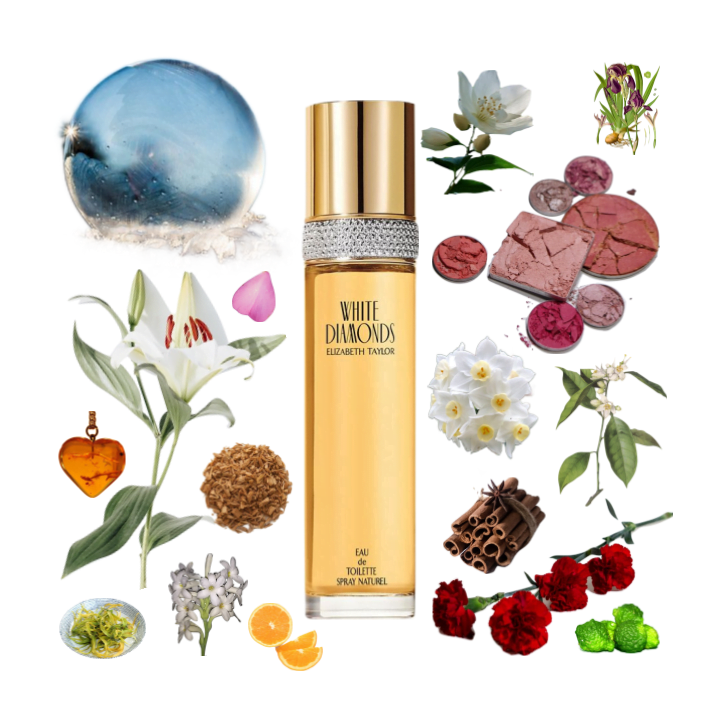
White Diamonds is an overpowering, soapy, artificial mess of aldehydes and waxy lily. Beneath these, faint flickers of narcissus, carnation, tuberose, and a sweet amber-cinnamon accord play in the background. On clothing, the spicy-waxy florals, with lily at the forefront, are much more prominent, while on skin the gauze of soapy white aldehydes predominates.
To me, Elizabeth Taylor’s White Diamonds feels one-dimensional and entirely uninteresting: this is aldehydes and faint florals all the way down, with no contrast and no surprises. The base is a predictable, banal mix of indistinct amber and musk with a faint streak of sandalwood and cinnamon.
Most everyone would call this a very mature scent. There are classic and aldehydic scents that sparkle with youthful, vampy glamor, and this is not one of them. These (such as some aldehydic chypres) remain hoydenish and spry through their bold contrasts and unapologetically bitter or pungent notes. They giggle and dance and stick their tongues out at anyone who dares disapprove.
White Diamonds? She is an aging mountain of powder, putting on her best polyester Ellen Tracy dress to volunteer at her church, arranging the stiff plastic flowers and anxiously adjusting her hair, sneaking looks in her pocket mirror to check her slightly-more-pink-than-nude lipstick.
This is extremely powdery in a way that almost overshoots soap into ambiguous plasticky laundry scent territory. This is the smell of a bathroom that inexplicably also contains the washers and dryers for a dappled blush-and-beige house that is always too warm. There is moderately shaggy cream-colored carpet on the floors, and the toilet has a quilted seat cover. The plastic tablecloth in the dining room is inexplicably bright dollar-store-green.
The aura that permeates this house is alien, somehow both sterile and stuffy. There is a sense of foreboding creeping through the walls because absolutely nothing in this house resembles anything of the outside world, except a single waxy lily in a small blue plastic cup in the kitchen. The rest of the house is entirely insular, sealed off from the natural world, a world where everything is the same every day, and every room is a little too warm and smells too much of an odd cleaning powder.
This very much is a classic extremely powdery white floral fragrance. On me, it’s stuffy and staid, but much of this comes down to skin chemistry and preference: it might be majestic on you. If you love strong vintage aldehydes, try White Diamonds. If you don’t, this is not a beginner-friendly introduction to the genre.
White Diamonds is thoroughly blended in that it is somewhat challenging to discern individual notes beneath all the aldehydic powder. They all flow into one another elegantly, most of all that unassailable charge of florals led by a waxy, slightly spicy, slightly lotion-and-lipstick-smelling white lily.
The dominant mood or texture of the florals isn’t indolic white florals, sweet yellow florals, or even roses on me: it’s this skincare-product-smelling white lily that shapes the rest of the bouquet. (Doubtless, White Diamonds is about to undergo a challenging reformulation in light of the recent EU ban on lilial.)
Second in command is is a vegetal-spicy blooming red carnation. That spiciness blends in seamlessly with the lily and the highlight reel of all the other flowers, creating a smooth sort of frankenfloral at the heart of White Diamonds.
Underneath these, fascinating whispers of the other flowers at play here shine through. There’s the glorious wildness of narcissus, the laughing naive sweetness of tuberose, the seductive indolic gyrations of ylang-ylang and jasmine, the comforting beauty of rose.
This is a chorus of diverse floral notes singing together, each beautiful in her own way. It’s a shame that only the faintest whispers of all these flowers are detectable under the iron rule of the aldehydes.
On me, White Diamonds is about 55% aldehydes, 25% powder, 15% lily, and 5% everything else. That 5% contains a wide array of really fascinating notes, all blended gorgeously together, but these are so faint and so buried under powder and aldehydes that I can scarcely detect any of them.
There’s no citrus here to my nose. I’d believe that there’s bergamot and orange in the composition, but in such trace quantities that they are entirely eclipsed by the stuffy aldehydes in the opening. By the time the air thins just a little, they are gone.
The drydown of White Diamonds is a standard amber-cinnamon-sandalwood-musk. I simply don’t get any oakmoss or patchouli here: there’s nothing green or inky to me about White Diamonds. This is a challenging and vintage-feeling perfume in its aldehydic intensity, but there’s nothing remotely mossy about it.
The powder here is likely largely orris root. It’s so dense and cake-y for me here, however, that the texture makes me think more of talc and old makeup and all manner of plastick-y man-made powdery smells. When it leans soapy, it is a relief: the alternative is this odd makeup-palette aldehydic powder that reads as nothing but stuffy and headache-inducing to me.
On me, White Diamonds is screechy and belligerent. She demands your attention only to do nothing but dump more flaky soapy powder on your head. I’m sure this is a deeply comforting scent for some people, but it simply isn’t for me.
Above all, this perfume feels frustratingly simple. I’m struggling to come up with more to say about it. This is simply an avalanche of soapy aldehydic powder with a little bit of lily and the faintest dashes of half a dozen other flowers. The name is right: this is one particular strain of vintage glamour and opulence, crystal-clear but entirely uncomplicated. It’s flashy and loud despite having very little to say. This is an homage to a glamorous and expensive yet utterly uninteresting jewel.
The utter lack of contrast in this is bewildering — in the daring days of vintage fragrance, why create something so dull? — until I consider the other smells of the era. Elizabeth Taylor was a pack-a-day smoker for much of her life. (She gave up the habit in 1975 after seeing spots on her lungs in an x-ray.)
Although White Diamonds came out in 1991, I’m imagining that the near-ubiquitous smell of tobacco smoke in Elizabeth-Taylor-era Hollywood shaped the ideas behind White Diamonds. This is a scent that is stuffy and suffocating in much the same screechy, cough-inducing way cigarette smoke is, except in the opposite direction: while cigarette smoke is bitter and smoggy, White Diamonds is bright white and powdery.
These two opposite fragrances share a screechy timbre that makes them both insufferable to the average person, but immensely comforting to one who is accustomed to them. I can only imagine they would swirl together most naturally on smoking actresses and socialites: a deeply personal, intimate, familiar juxtaposition of black and white.
Such is my theory regarding White Diamonds: it lacks a contrasting bitter vintage note (like any significant oakmoss) because nose Carlos Benaim designed it to contrast with the everyday bitter scents of smoking glamorous women of its time. Without any such contrast, it falls a little flat, is entirely too one-sided to be interesting. The intensity of the aldehydes is such that you’re likely to find White Diamonds deeply unpleasant and headache-inducing, unless you’re accustomed to strong aldehydes and find them familiar and comforting, in which case you’ll adore it.
This is an incredibly potent perfume, with overall performance, longevity, and sillage to match. It’s screechy and loud from the very beginning, and will carry impressively far from your body from beginning to end. An entire spritz will define the entire room you’re in. Spray wisely.
If you’re into subtlety, understated scents, and delicate nuanced whispers, White Diamonds isn’t for you. This is an all-in, deafeningly confident scent, unapologetic in its strength. If you don’t find it stuffy, you’ll probably be electrified by the power of it, the sheer no-holds-barred concentration of the stuff.
And this is just the Eau de Toilette? I can’t imagine how strong the Eau de Parfum concentration is.
There’s no such thing as an “old lady” scent — wear what you want — but for what it’s worth, the cultural impression of this one is very mature. Whether you interpret that maturity as classic glamor or staid dullness depends on your personality and tastes.
Fun fact: Elizabeth Taylor’s White Diamonds was the first commercially viable celebrity fragrance. Taylor made tens of millions of dollars off of the fragrance every year, meaning she’s made more from this perfume than from any of her films.
And I can see why: White Diamonds is incredibly strong and distinctive and encapsulates the old Hollywood glamour of its time. It perfectly matches Taylor’s look, personality, and era. Though old-fashioned and stuffy to some, to others White Diamonds is the portrait of glamorous allure. Not everyone will love it, but it makes sense that this perfume still has an Arden-t fanbase.
(Get it? Because Elizabeth Arden is the company behind the Elizabeth Taylor fragrances? Anyway.)
Comparisons between White Diamonds and Chanel No. 5 abound: both are intense vintage aldehyde-heavy floral perfumes. If you like one, you’ll probably like the other, and the same is true for the opposite. (I’d wager this one is even stronger in the aldehydes department.) Both have a classic vintage feel to them and are a real treat for aldehyde lovers.
Aldehydes are a divisive thing. Often it takes a lot of life experience to come around to a particular sort of smell. It’s an acquired taste for many people, like wine, something you perceive differently as you get older and your nose and brain evolve. It’s evident I’m not quite there yet.
If intense white soapy aldehydic powder with a touch of lily is your thing, try White Diamonds. If you are wary of soapy and powdery scents, or if you find heavy aldehydes without contrast stifling, this isn’t for you.
Where to Find White Diamonds Eau de Toilette by Elizabeth Taylor
You can find samples and decants of White Diamonds EdT at MicroPerfumes.
Want more? You can find full bottles at Palm Beach Perfumes, HottPerfume, The Perfume Spot, Jomashop, and MicroPerfumes.
These are affiliate links. If you click on them and buy something, the seller pays me a commission, at no extra cost to you. You can learn more about them here.

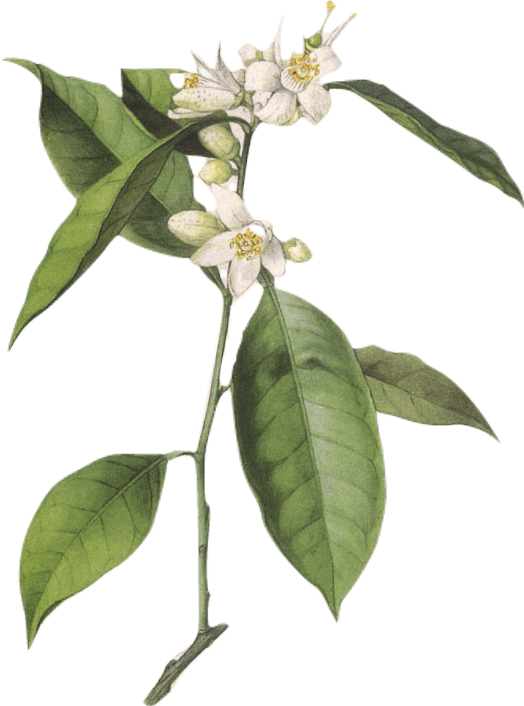
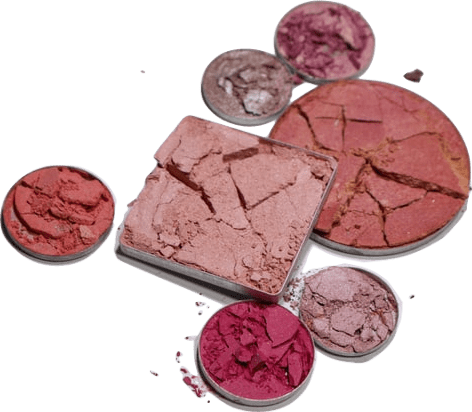
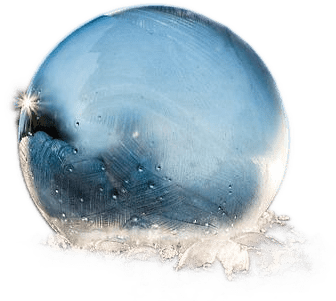
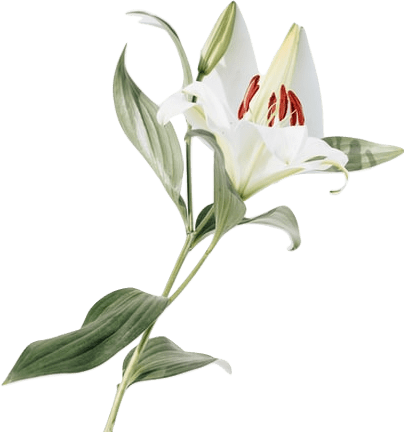

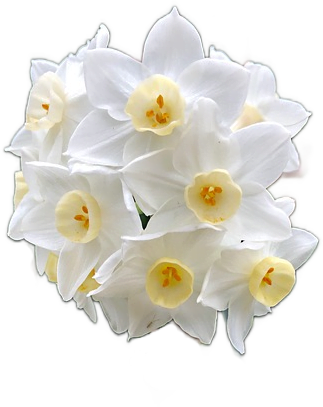
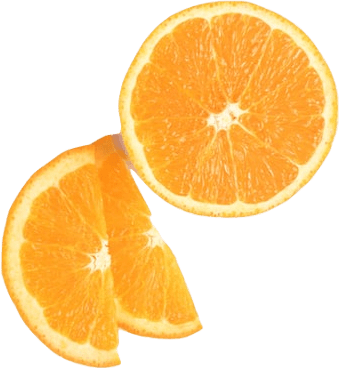
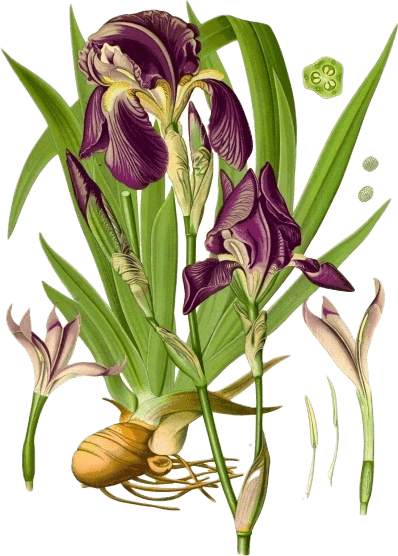
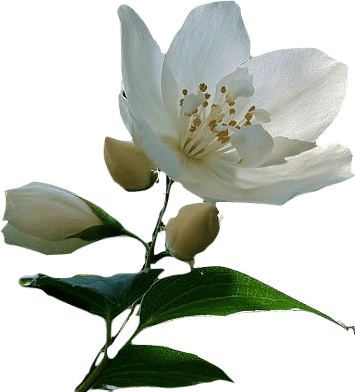
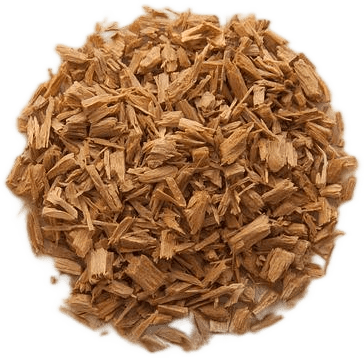
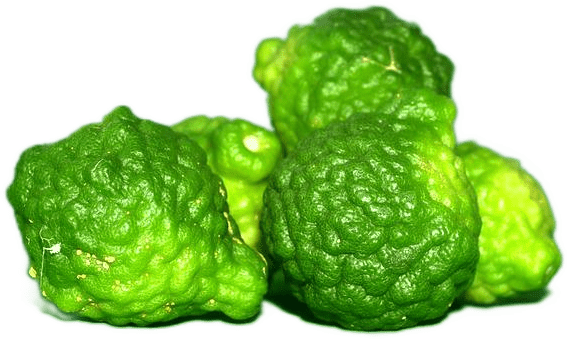
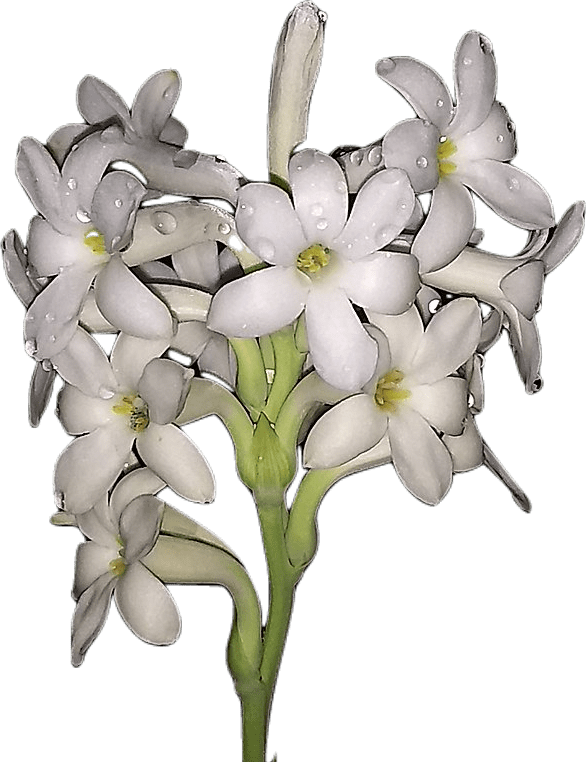

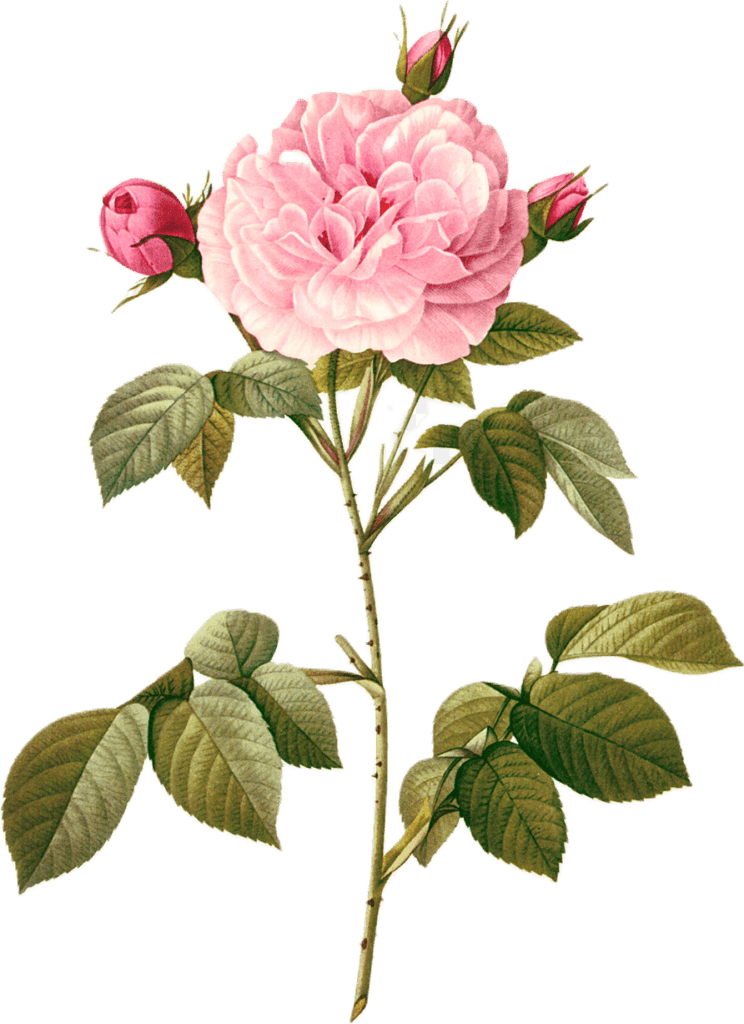
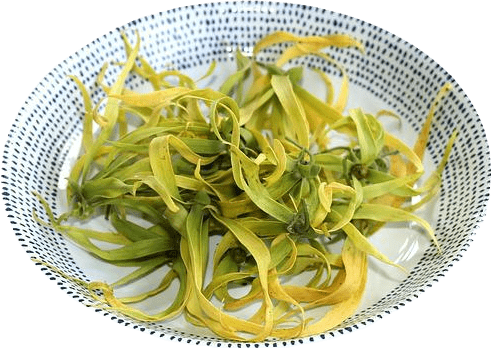

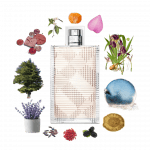
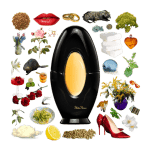
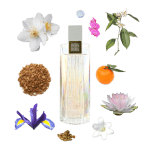


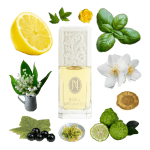
I don’t care who doesn’t like it, I love it.
Good! White Diamonds may not be for me, but I’m so glad you’re enjoying it. 🙂
Smell like old lady
I have been using white dimonds for 25 years I just love the smell and all around me yes for White Dimonds
now that this is made by Elizabeth Arden and therefore weak and watered down, I’m actually LOVING it, for the first time. it used to be harsh and chemically headache inducing. Now it is light, powdery soft and so nice for summer. sure its all reformulated with aroma chemicals, heck, have you tried Red Door lately, also from EA , and so watery and zero sillage and longevity. BUT, at least now I can wear it without knocking out everyone in the room! sometimes, LESS IS MORE.